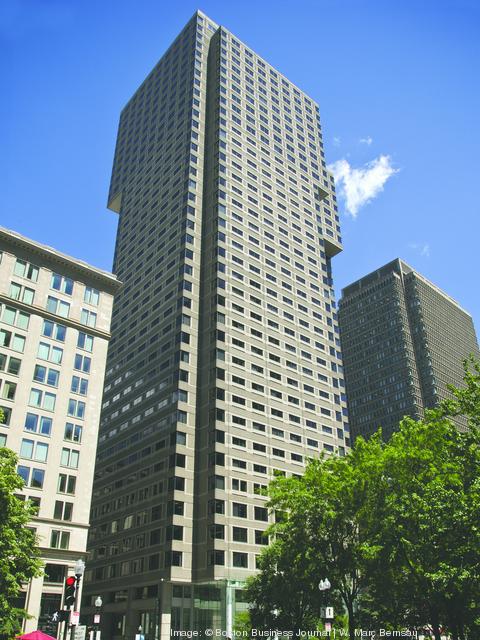By Corina Stef Commerical Property Executive | December 17, 2019
Demand for new space continues to outpace supply, pushing smaller companies to the suburbs.
Boston continues to show solid fundamentals, outperforming expectations amid a cooling economy. The metro’s diversified economy and strong academic footprint continue to provide an endless technology, life sciences and biotech talent pool for companies to draw from. Government officials launched the Boston 2030 initiative, which calls for an upgraded subway system and expanded Green Line subway. The favorable business climate continues to attract various international investors to the market, including Siemens Healthineers and Takeda Pharmaceutical. The recently rebranded Raytheon Technologies Corp. has also announced plans to relocate from Connecticut to Boston.
READ THE FULL YARDI MATRIX REPORT
The professional and business services sector led the way in job gains (9,300 jobs, up 1.5 percent year-over-year in August). The information sector gained 3,400 jobs due to tech titans such as Google and Apple expanding their operations in the metro. The influx of new companies and large expansions—particularly in and around the metro’s innovation clusters such as Cambridge, the Back Bay and the Seaport Innovation District—led to an office vacancy rate of 9.7 percent as of September.
Despite a ballooning pipeline comprising some 8.8 million square feet under construction as of September, demand continues to outpace the existing supply. Tight conditions are pushing smaller tenants into the suburbs, while landlords are seizing the opportunity to convert the existing inventory into lab product and office space.





